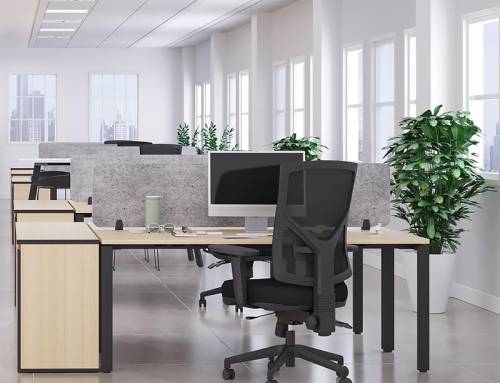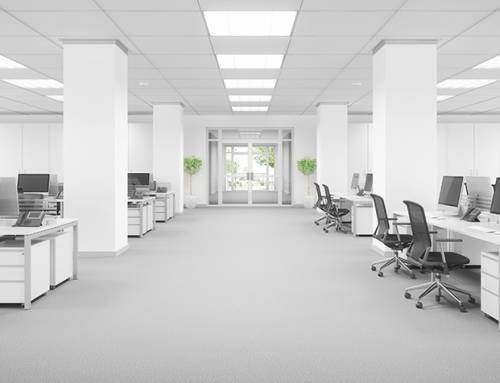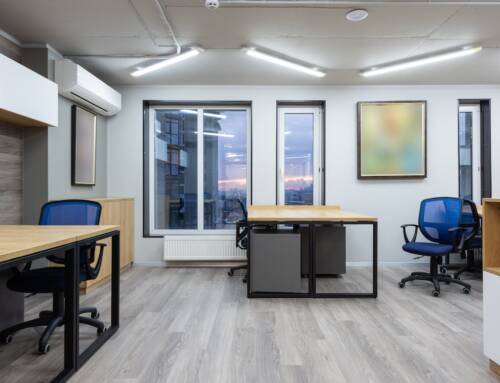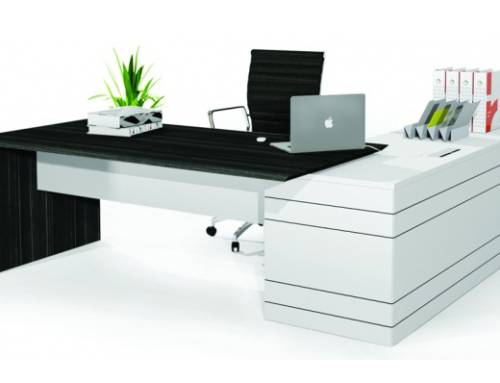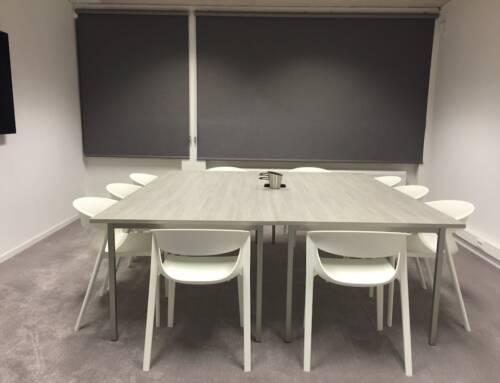The History of Leather
Leather was one of our Ancestors’ earliest discoveries and was used from around 7000BC. One of the first tanning operations was discovered in modern day Iraq and dates back to around 5000BC. The oldest leather shoe, complete with leather shoelaces, dates back to around 3500BC in Armenia and in Ancient Egypt, leather was used to make chariot harnesses and couplings from around 3100BC.
Primitive Man hunted animals for food and used the skins for protection to combat harsh conditions and to offer a shield against predators. Eventually, early man started making clothing, footwear, crude tents and even armoury from leather. Animal skins were initially ‘cured’ by laying them in the sun to dry and anointing them with animal fats to make them waterproof. Later on skins were prepared by tanning. Tanning is the process by which animal hide (‘raw hide’) is transformed from a material which will rot and decay, into leather.
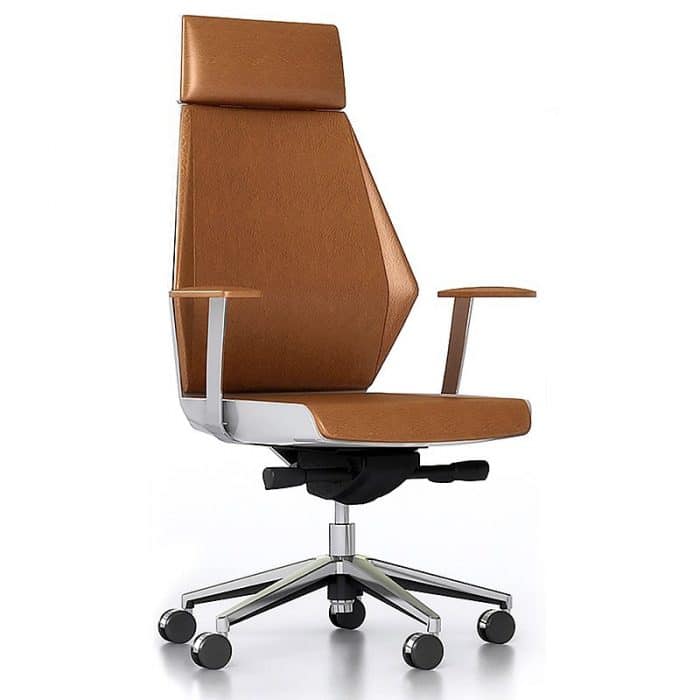
The art of vegetable tanning – which is still used today – is thought to have been perfected by the Ancient Hebrews. This process uses bark extracts, fruits, roots and leaves to soften and cure the leather. Skins are cleaned, dried and finished off with oils and sealants. This is a very lengthy process that can take up to 2 months to complete and today this method only accounts for around 15% of leather production. Chrome tanning is a much faster process which is more widely used but it does have a greater impact on the environment than vegetable tanning.
Leather Industry
Leather is a strong, pliable and durable material which is used to manufacture many products in our modern world. Today, leather is used to produce clothing, shoes, handbags, tools, sports equipment, and furniture. In the commercial furniture world, office chairs are often upholstered in leather, particularly Executive Office Chairs. Leather Office Chairs are sought after due to their durability and aesthetic appeal. The leather industry makes a significant contribution towards economic growth, regional development, employment generation and overall poverty reduction in the fields of leather and allied product manufacturing around the world. In 2020 the Global Leather Goods Market was valued at around AUD $550 Billion – a sizeable industry by any standards.
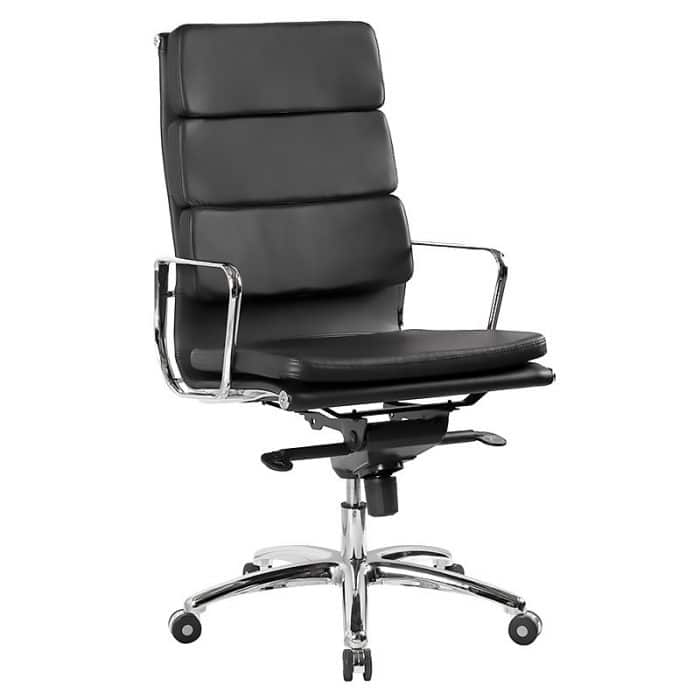
Benefits of Leather
Good Leather ages well and lasts a long time – much longer than its synthetic counterparts. It also gets better with age and acquires a patina which is individual and unique to each piece. Investing in leather products, like beautiful leather office chairs, is an investment for the future. Leather is easy to maintain and repair, making it a sustainable material which does not generally require specialist cleaning and drying like many other materials. Even really worn and damaged leather can be restored to its former glory. Leather and its by-products can also be recycled and are bio-degradable, making them a sought after environmentally friendly material.
Leather has many diverse uses and is extremely versatile. It can be engineered to produce abrasion resistant gloves or sturdy walking boots and in its softest form, it can be made into the finest dress or most supple of jackets. In the office furniture industry, leather is highly valued due to its durability and aesthetic appeal. Many companies prefer to purchase home office furniture manufactured from leather. Leather office chairs remain popular throughout the commercial industry and are often found in boardrooms, meeting rooms or reception areas where they can be appreciated by visitors and colleagues alike.
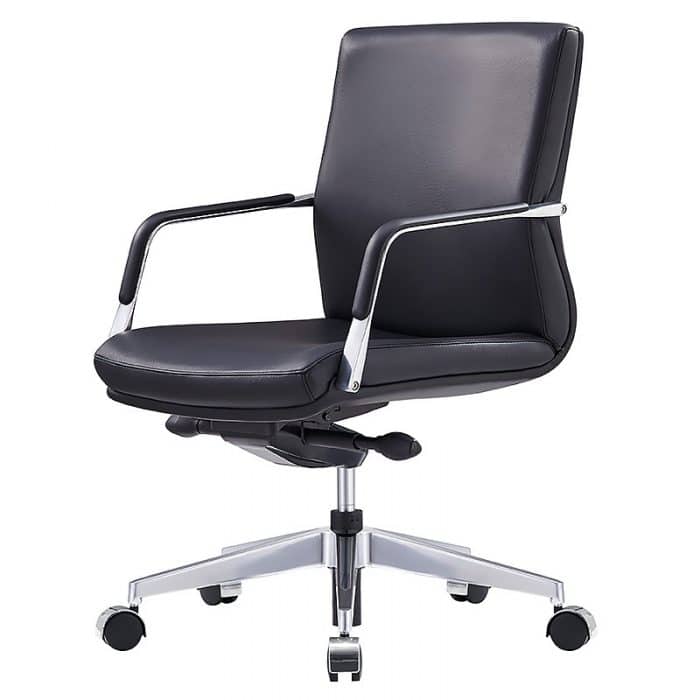
Leather has a special comfort and is a naturally beautiful material. It has a ‘breathable’ quality allowing our bodies to regulate temperatures more easily. Leather also absorbs moisture and holds it away from the skin. It also has the wonderfully comforting characteristic of conforming to its user. Leather office chairs are often the most comfortable to sit on as they mould to their user with age, resulting in a very individual and comfortable seat. The same is true of leather shoes, jackets and gloves. Leather is luxurious and immediately adds panache and value to any product. Investing in leather is an investment that will last a life time.
The Commercial Furniture Industry
There are 5 common grades of leather used in the furniture industry:
- Full Grain Leather
- Top Grain Leather
- Split Grain Leather
- Genuine Leather and
- Bonded Leather
The majority of leather office chairs are manufactured from genuine leather. As working hours increase and workers spend more time seated at their desks, a fully ergonomic office chair becomes an absolute must. Office chairs made from leather offer a superior level of comfort to the user due to their breathable nature.
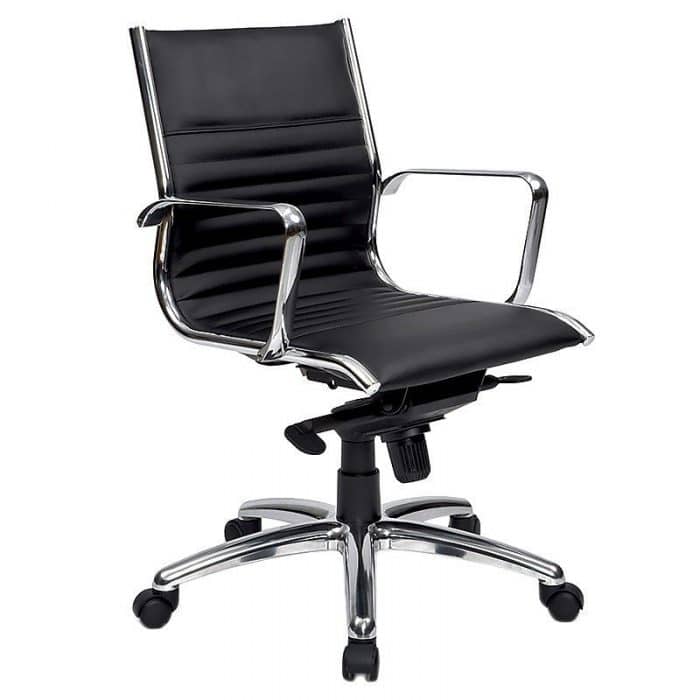
Some people prefer a high-quality mesh back chair that can also offer breathability. Purchasing a mesh back chair with a leather seat can offer this particular buyer the best of both worlds. Fortunately, in today’s very competitive office furniture market place, there are a myriad of options available to satisfy the most discerning buyer. Many office furniture companies now have an online presence where buyers can browse to their hearts content to find the perfect leather office chair for their needs.
Caring For Your Leather Office Chairs in the Workplace
- Looking after your leather office chairs these days is quick and easy.
- Avoid direct sunlight
- Avoid sharp objects
- Wipe down your chair with a dry cloth
- Avoid cleaning products containing ammonia
- Vacuum with a brush attachment
- Clean spills as quickly as you can
- Call a professional if you are concerned
Leather cleaning kits are available for purchase from many furniture stores or other retail outlets and usually these kits will include a leather conditioner. Using a conditioner on your leather office chairs every 6 months or so will greatly improve their durability and longevity.
Taking care of your leather office chairs or executive office chairs is very important. It will lengthen their life span and provide you with top-quality seating for many years to come.


